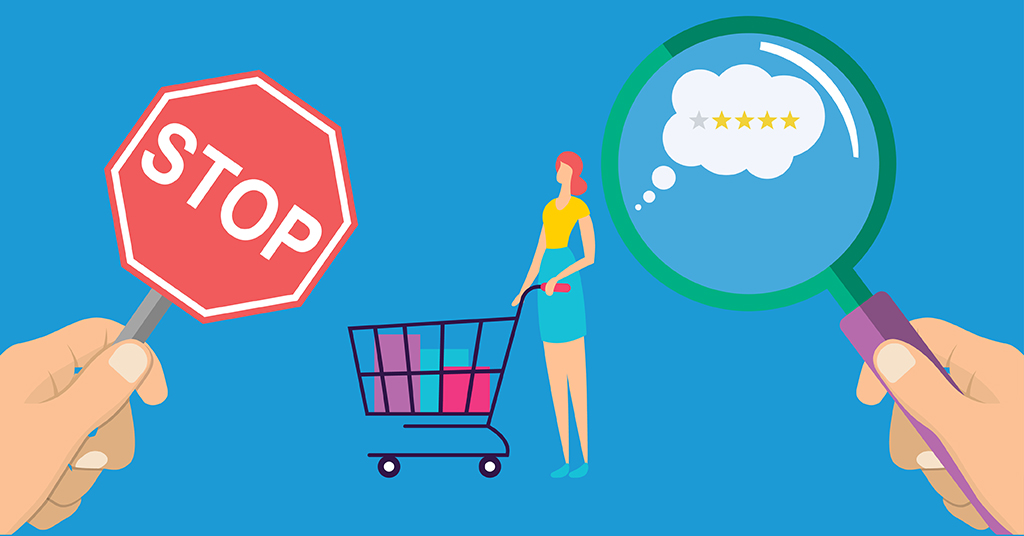19 Aug Experience design: STOP….and think like a customer

Customer experience design is the process design teams follow to optimise customer experiences at all touch points before, during and after conversion¹.
Note the word after. This is where many brands become unstuck. They focus too much on the path to purchase and winning the actual sale. But then what?
The retention opportunity
There is an abundance of strategy which goes into customer acquisition. Brands are looking for quick wins and think that to achieve this, they need to ‘win more customers’. We all know that acquiring customers can cost up to 10x more than retaining an existing customer. Yet, the mindset of “we need more customers” remains.

(Google Search: Customer Journey)
You’ll be familiar with the above typical customer journey model. Lots of activities happen around the awareness and consideration stage, yet when it comes to retention, not so much. There’s even a dot with nothing next to it. STOP….think like a customer……do you think that an FAQ page and a community forum will keep your customers engaged and influence their next purchase? Is that all it takes? NO!
There is a huge opportunity, we’re talking $M’s, for the brands who look beyond today’s sales, and at the long-term customer lifetime value growth.
You need to invest in customer experience design if you want to achieve sustainable growth and drive retention/loyalty. If you’re not looking after your customers (particularly after they have chosen your brand), then we guarantee that your competitors are lining up to do so. Don’t give your customers a reason to want to leave.
An experience design mindset
The best way to really put yourself in your customers’ shoes and mindset is to map the entire customer journey. Experience everything the same as your customers do, this way you’ll recognise how and where you need to improve. From research, to purchase, to post purchase. You’re probably unaware, but there will be several pain points for the customer, which need to be corrected ASAP, and the majority are likely easy fixes. Don’t experience it from the business perspective, and what’s good for the brand – that’s the worst thing you can do. STOP …and think like a customer, assess each and every touchpoint, and ask yourself, “Is there a better way of doing this?”.
Speak to your customers, go undercover in your business. Ask them questions, from one customer to another, would they recommend your brand, what feedback do they have. Even going on a listening tour within your business can add great value, hear the highs and lows direct from the frontline.
“The first step in exceeding your customer’s expectations is to know those expectations.” Roy H. Williams
Put them on the path to repurchase
Once a purchase has been made, what happens next? Post purchase comms are SO important. Often, a brand’s first message to a new customer is to ask them to rate their experience and if they would recommend them to a friend. NO – this is not the best way to continue the conversation with the customer. Once a transaction has been made, don’t assume you have a new customer. You have to put time and effort into nurturing and developing the relationship. Here are just a few considerations to activate the path to repurchase:
The moneymoon – when a customer first purchases from you, they should (hopefully) be feeling very positive towards your brand. You need to take advantage of this mindset, and not let buyers remorse set it. STOP….think like a customer. What would you expect during this timeframe? For more on the moneymoon period, please read our dedicated article here.
Recognise – the first form of communication should be a thank you. You’d be surprised how impactful this can be.
Reward – the behaviour you want to influence. There’s no point in blasting the same promotional offer to all of your customers. Your loyal customers would purchase from you regardless if you’re on offer or not. Also, taking the time to reward your loyal customers, surprise and delight or doing something low cost which will exceed their expectations will go a long way. We recommend dedicating 10% of your entire marketing budget to keeping existing customers happy.
Staff empowerment – give your staff the freedom to put things right for the customer if something goes wrong. Remove any barriers of approval and let them decide the best course of action. Leading hotel chain Ritz Carlton empowers its employees to spend up to $2,000 to solve customer problems without having to ask a manager for permission. Ask each of your staff to STOP…and think like a customer!
Summary
82% of customers could be tempted by a competitor². Understanding your customers has never been more important. To continue the conversation with your customer, you need to STOP…and think like a customer. Don’t let perfection or technology get in your way. It’s a simple process. Sometimes you need to take a step back to spot the obvious. Really think about the customer, what and how they are thinking when they research your product, make a purchase, receive a specific email or targeted ad.
Customer expectations are continuously changing and evolving – you need to keep up. Dedicating time to experience design will help you understand the journey your customers are on, what matters to them, what frustrates them. Only by delivering relevant, seamless customer experiences will you prevent your customers from looking elsewhere.
STOP …and think like a customer!
Customology are specialists in customer growth and retention. At the core of our value proposition is our ability to stop and think like a customer. We’re here to help, if you’d like to have a chat with one of our Customologists, please give us a call on 1300 264 549 or email hi@customology.com.au.
Sources:
¹ Interactive Design Agency
² The Unspoken Customer
|
Listen to...
|


